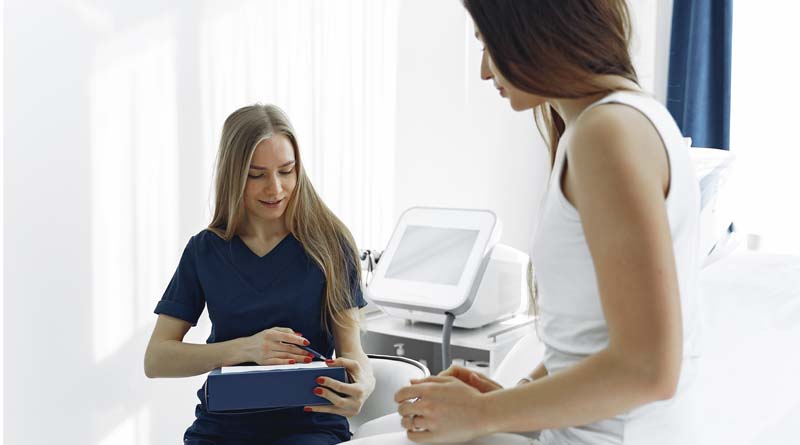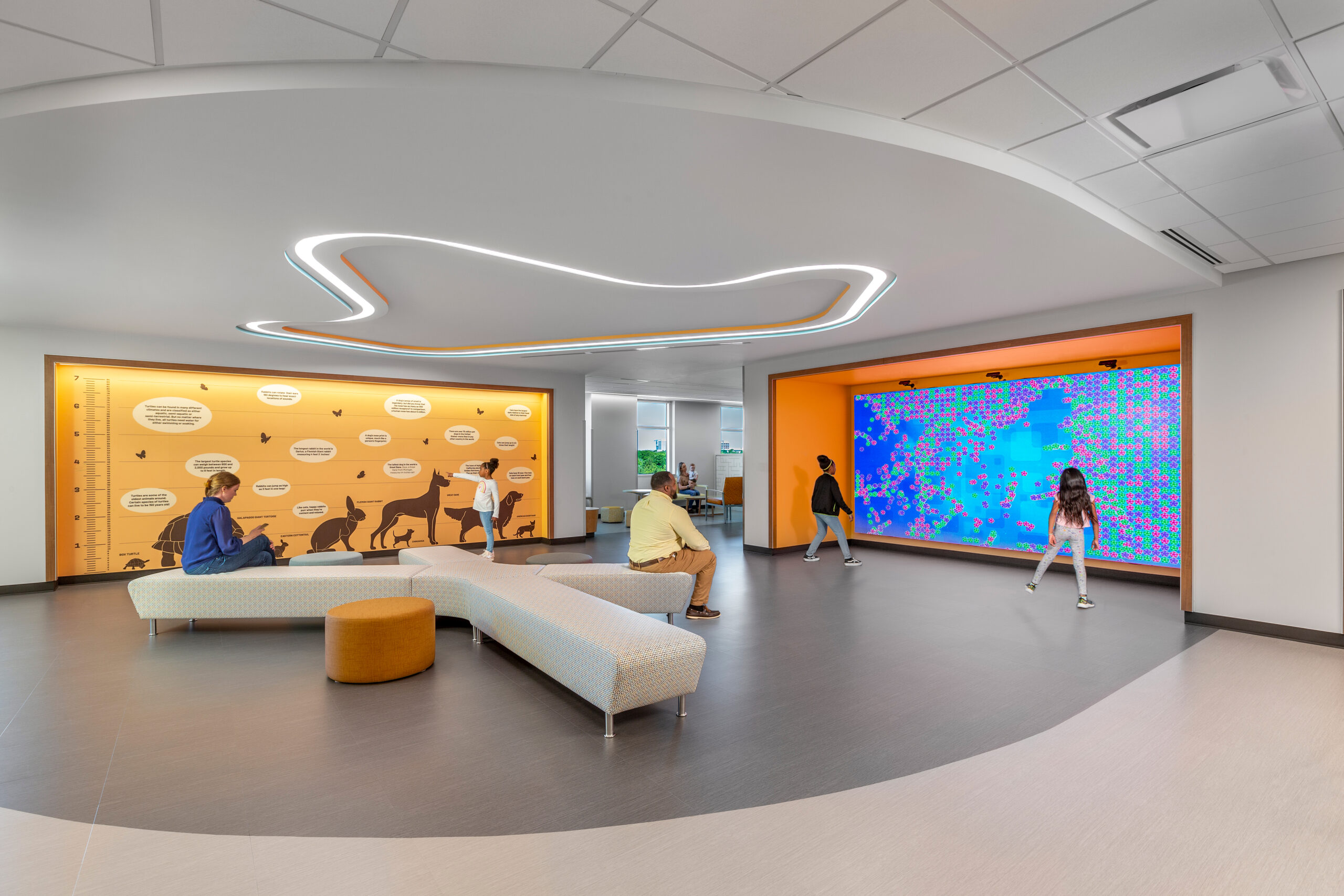By Kurt Forsthoefel
With an industry shift toward measuring and rewarding better patient outcomes, we have been seeing a renewed focus on the point of care experience. We also know that factors such as long wait times or accessibility challenges can negatively impact a patient’s experience as well as the quality of care provided. When patients feel safe, comfortable and empowered, better outcomes are more attainable.
These patient considerations are intensified today as the COVID-19 pandemic continues to reshape and challenge the patient care experience within acute and ambulatory healthcare settings. Layer COVID-19 on top of the common phenomenon of “white coat syndrome” and a visit to the doctor’s office can become a difficult experience for a patient. This amplifies the need to ensure the patient experience is safe and non-stressful.
By evolving exam room design, workflow data and equipment to meet today’s challenges, healthcare organizations can facilitate a better experience for both patients and caregivers. The following are elements of the patient care experience where COVID-19 is acting as a catalyst for accelerated evolution at the point of care.
Exposure to Contagions
Due to its high transmission rates, COVID-19 has heightened the awareness of environmental exposures for both patients and healthcare organizations. As a result, policies and practices have been instituted to help minimize exposure.
Self- and direct-rooming approaches have been gaining attention as a way to minimize exposure to contagions. Patients check in for their appointment and proceed directly to an exam room or diagnostic sub-waiting location either on their own, like at a hotel, or escorted by a staff member. The most efficient way to know which exam rooms are immediately available is with real-time locating system (RTLS) technology. Patients receive locator badges at check-in and staff use RTLS software to identify which rooms are clean and ready for a new patient. The concept is popular with patients—95 percent of participating patients preferred checking in and proceeding directly to an exam room (self-rooming or direct-rooming) as compared to conventional rooming from a waiting area.
RTLS technology can also automate a contact tracing process for easier exposure identification. When RTLS badges are worn, organizations can easily identify individuals that have been exposed to a known contagious person at the granularity of numbers of seconds that individual was exposed as opposed to manual tracing by administrative staff. This data offers powerful evidence to support exposure control and can help keep patients safe.
Long Wait Times
While traditionally not viewed as part of the patient-caregiver interaction, the waiting room could potentially have a negative impact on patient experience–especially if the wait is perceived to be too long. As patients move throughout a facility to various locations for diagnostic testing or other ancillary services, waiting in the lobby or the exam room can disrupt a patient’s visit and potentially foster the transmission of a contagion.
A better way is to take a more patient-centric approach to care delivery with the Collaborative Care Model—allowing patients to remain in one location during their visit. This approach helps to decrease the patient’s overall length of stay while optimizing the patient’s visit by allowing multiple caregivers to collaborate on their care plan. RTLS technology enhances this model by providing greater visibility to identify the exact location of patients and outlining the steps that need to take place during the visit.
The dynamic room assignment model is another way to limit wait times and better utilize rooms. It eliminates the “physician-owned” exam room by assigning patients and caregivers to the first-available room. This fluid allocation of resources provides the flexibility to deal with unexpected patient emergencies, walk-in patients, or, in certain cases, the extra capacity can be used to add additional physicians or allow for specialist visits to be added to the schedule.
Healthcare Everywhere
A fully accessible facility design that can be navigated easily by everyone – both patients and caregivers – is critical to providing safe, quality care and improving patient outcomes.
An important piece of the point of care ecosystem is the mobile workstation. Workstations have been a central fixture in most exam rooms for many years, designed to streamline workflows and support interactions occurring within that space. While clinical encounters have traditionally occurred in an exam room setting where caregivers meet with patients in person, that practice is being challenged. Advanced technology and the shift to create a more accessible patient-centered experience are driving the need to expand the point of care outside the traditional model.
This shift has been further accelerated by the COVID-19 pandemic. Some organizations have been forced to establish triage sites to meet demand from growing patient populations, while many others are being forced to take a renewed look at patient-caregiver interactions and how care can be delivered safely and effectively to achieve improved outcomes. Mobile workstations offer an optimal platform for introducing telehealth, providing an ideal location for the monitor and necessary storage.
All of these factors are placing workstations front and center in the evolution and expansion of the point of care, helping ensure the time shared between the caregiver and patient remains the most important, meaningful and unobstructed aspect of the healthcare journey. By creating a fully connected ecosystem where processes, equipment and caregivers are integrated, healthcare organizations help ensure a seamless patient experience.
Most healthcare organizations understand that the interaction between the patient and caregiver at the point of care is a foundational element of effective healthcare. However, many organizations fail to fully recognize how the entire point of care ecosystem, which goes beyond the direct interaction between patient and caregiver, has an effect on improving the overall experience, including clinical outcomes.
It’s safe to say COVID-19 will continue to reshape the healthcare experience in our country—and patients will continue to expect a better care experience. The patient experience should continue to be the driving focus behind everything from practice design for comfort, efficiencies and workflow to technology to ensure the delivery of patient care is improved. A better patient care experience starts with a better designed care environment.
Kurt Forsthoefel serves as director, medical marketing, for Midmark.






